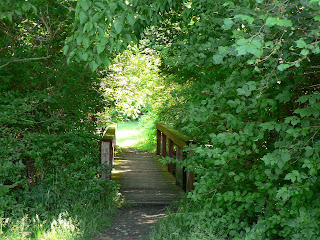Climb a lookout tower to get a great view of the fall colors.
Take a hike! Watch the leaves fall and try to catch them.
- See how many different kinds of leaves you can find on your walk.
- Make a collage of items found on the ground in nature (sticks, fallen leaves & acorns, pebbles etc).
- Take a walk at night or sit outside and listen to the crickets.
- Find a Halloween hike in your area. Check your local state park listings for these events that offer short hikes at night on lighted pathways. They’re loads of fun and often have other activities like arts & crafts, stories, bonfires with S’mores and apple cider and more.
Go to a local farm and pick your own apples. Taste all the different varieties.
- Make homemade applesauce. It’s really easy and SO tasty. Try this recipe from Taste of Home.
- Take a walk to collect leaves that have fallen and do a leaf rubbing. Find a great image and easy instructions here.
- Make a leaf print t-shirt. Besides using leaves you can also use apple halves and different grasses. Find instructions here.
Rake leaves and then jump into a big pile of them…a classic that my son loves every year. You can even make these super-scoopers to gather up a big pile of leaves to toss.
Go to a local farm and pick your own pumpkins.
- Many farms also offer tractor rides, animal petting areas, corn mazes, fresh cider and caramel apples. Do a search for U-pick pumpkin farms in your area.
- Remove and save the seeds from a pumpkin and make your own seasoned pumpkin seeds. They’re a great nutritious snack!
Try popping different kinds of popcorn seeds! October is National Popcorn month and I’ve started to see different varieties being sold at our local farmers market. Oh the colors! There’s yellow, red, white, blue, black and more! Who knew there were so many! Each is supposed to have their own distinct flavor (we haven’t tried them all yet). Find recipes, learn all about how popcorn pops, and discover the history of popcorn here.
Stuff a scarecrow. Use the picture below for inspiration. Grab an old pair of jeans and a flannel shirt and stuff it with straw or leaves (newspaper works too). We set ours up on the porch with a bail of straw for a seat. For the head we use an old pillowcase, stuff it and draw a simple face on it. You could also use a witches mask if you'd like. An old hat makes a great addition too, as well as work gloves for the hands. Have an old pair of mens boots laying around that are too worn to be donated? Use those for the feet!
I hope you enjoy spending time outdoors in the crisp, cool and colorful days that fall has to offer.
Please feel free to leave me comments!
Have a great idea that I didn't include?
Suggestions for future post topics?
Just let me know in the “comments” section, thanks!
If you enjoyed this post, you might like the post “Find a Natural Space in Your Area!”
To reference this post directly, use this link.






































